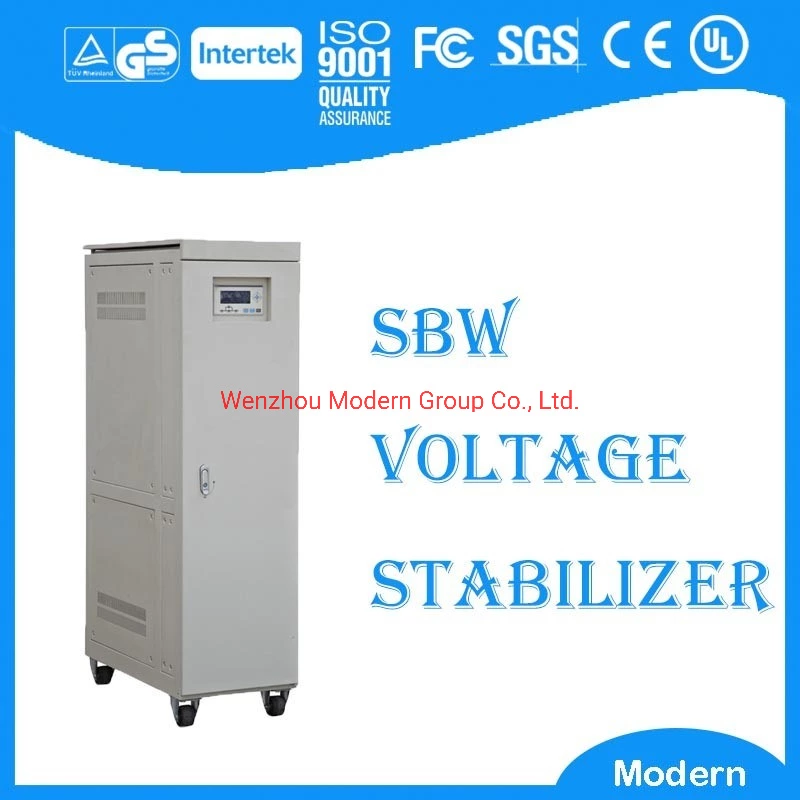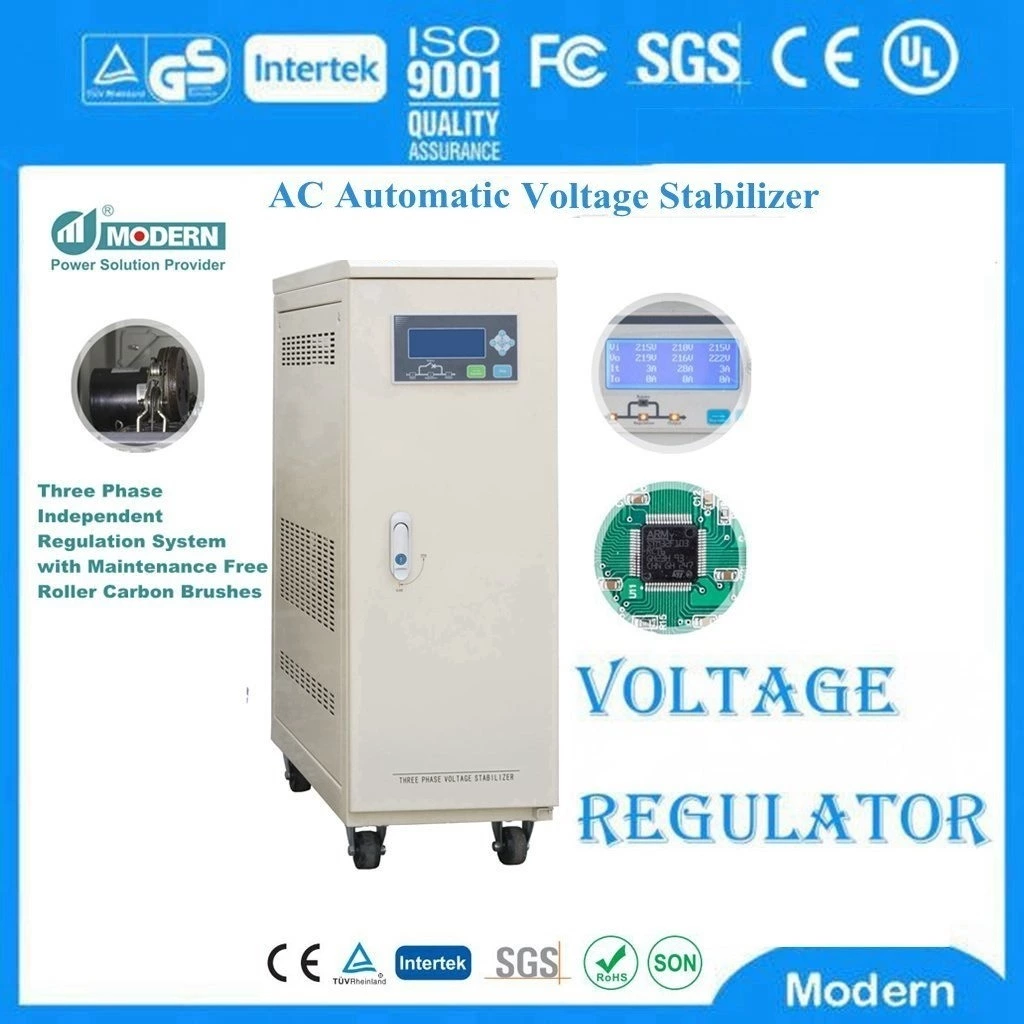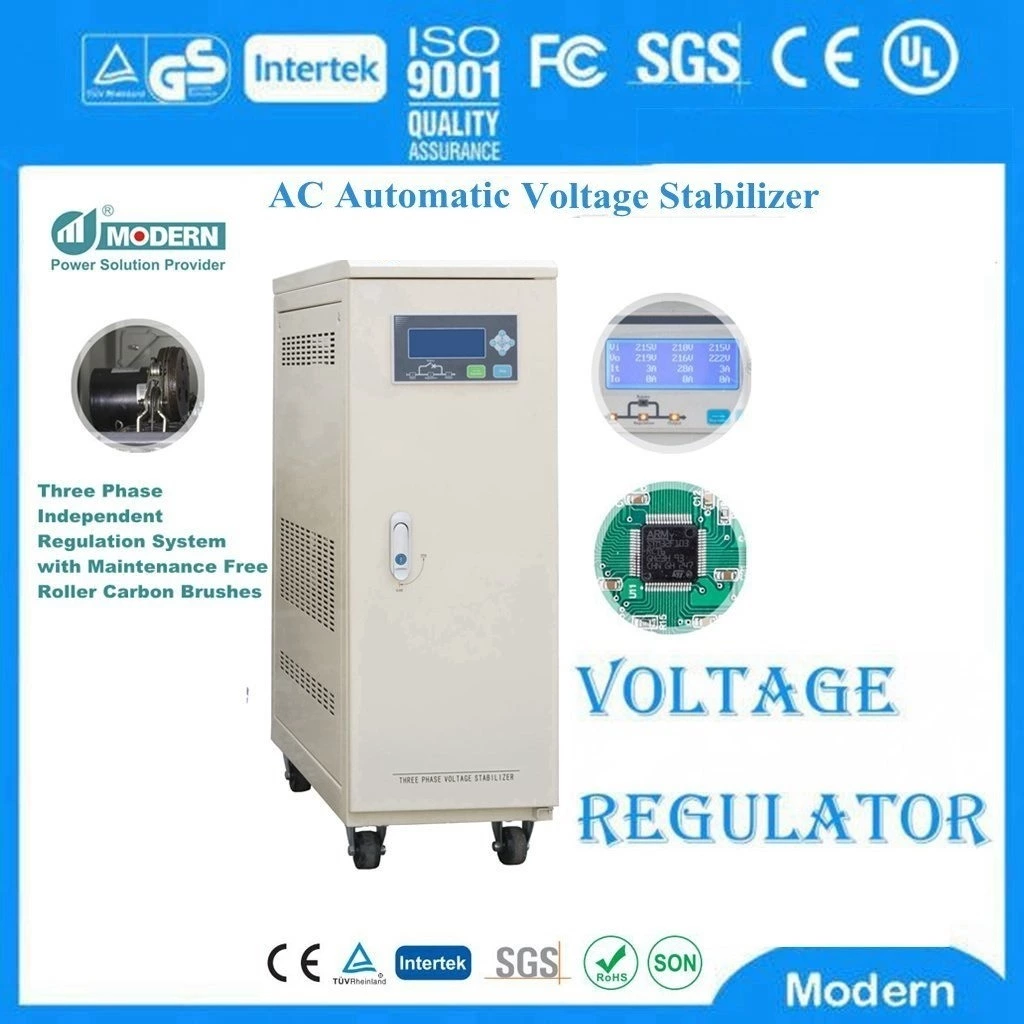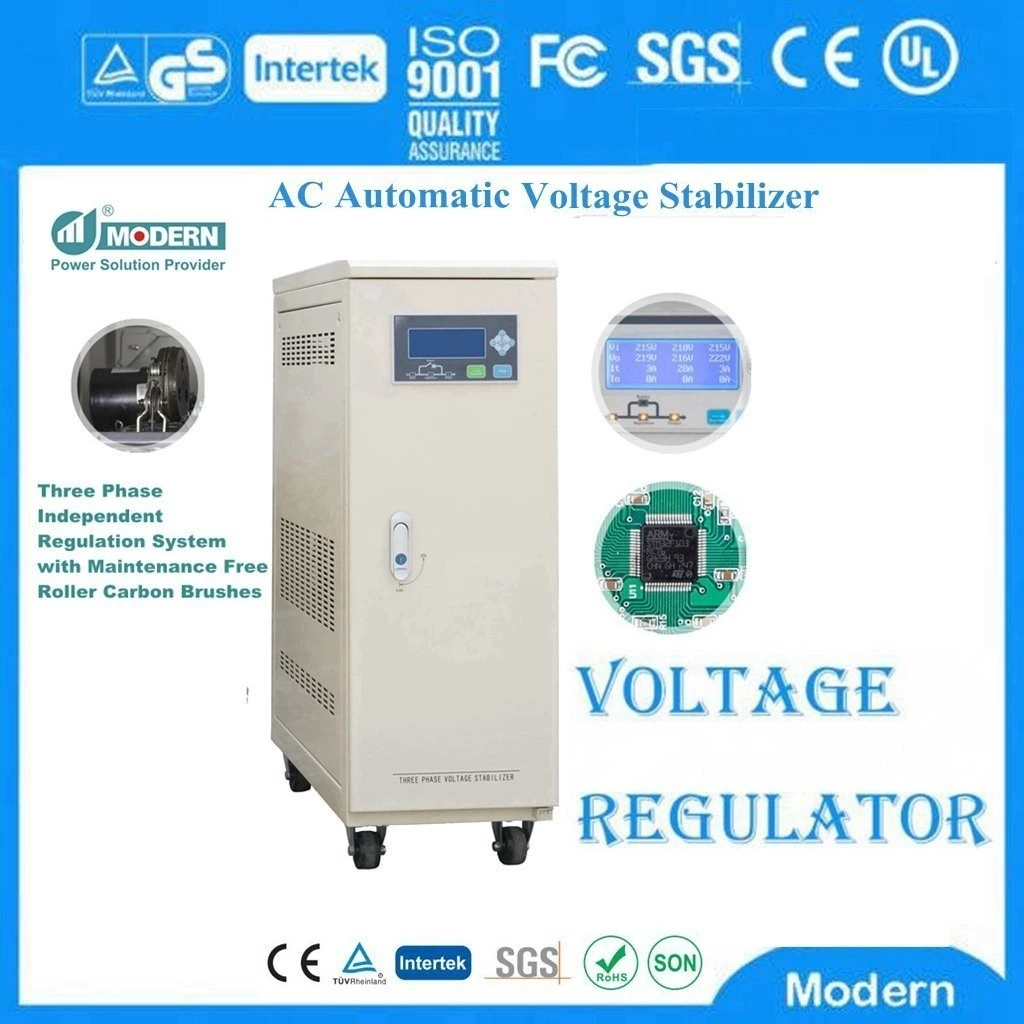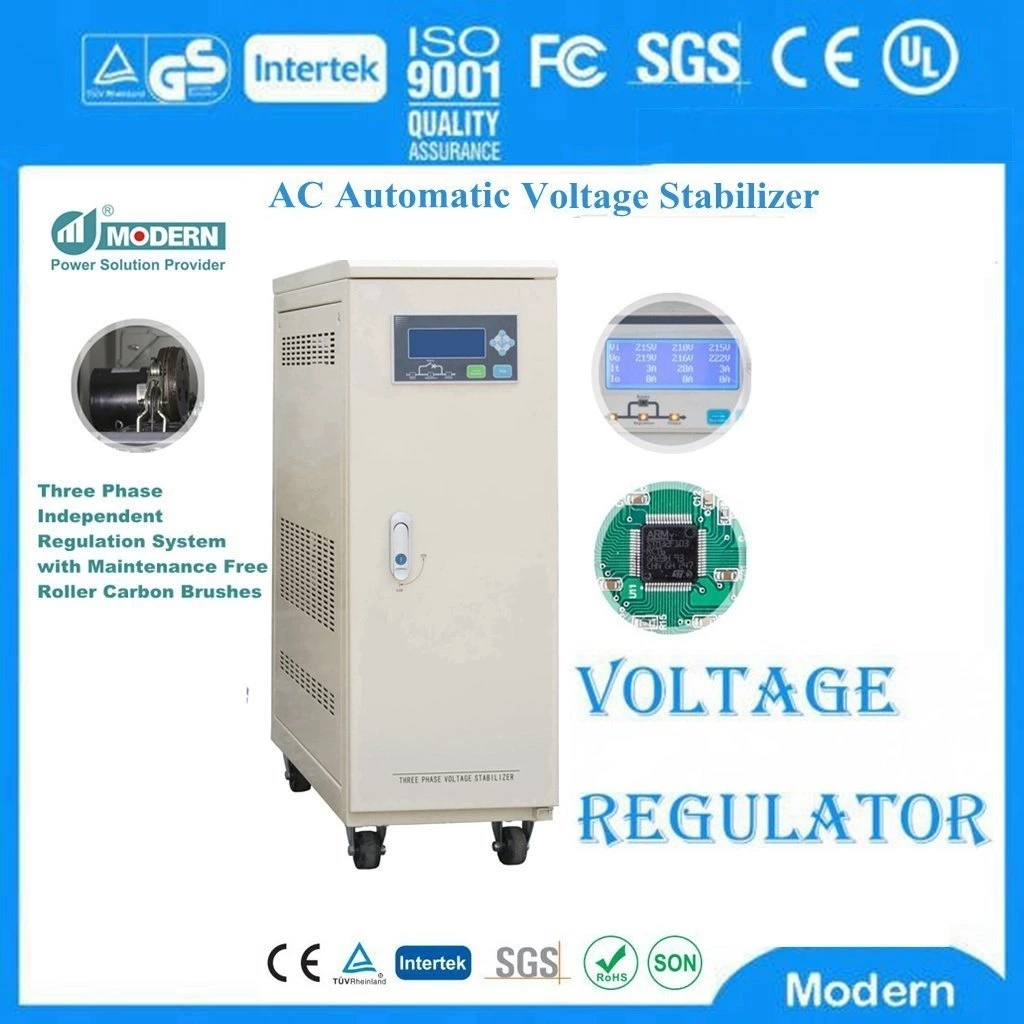Why Use Ups
Why Use Uninterruptible Power Supply(UPS)
There is a common misconception that the mains electricity we use is continuous and constant except for occasional power outages. In fact, this is not the case. As a public power grid, the mains system is connected to tens of thousands of various loads. Some of the larger inductive, capacitive, switching power supplies and other loads not only obtain electrical energy from the power grid, but also affect the power grid itself, deteriorating the power supply quality of the power grid or local power grid, causing the mains voltage waveform distortion or frequency drift. In addition, unexpected natural and man-made accidents, such as earthquakes, lightning strikes, and power transmission and transformation system disconnections or short circuits, will endanger the normal supply of electricity, thereby affecting the normal operation of the load. According to the tests of power experts, the main problems that often occur in the power grid and interfere with or damage computers and precision instruments are as follows:
1. Power surges.: refers to the output voltage effective value higher than 110% of the rated value, and the duration is one or several cycles. Surges are mainly caused by the high voltage generated by the sudden unloading of the power grid when large electrical equipment connected to the power grid is shut down.
2. High voltage spikes: refers to a voltage with a peak value of 6000V and a duration from one ten-thousandth of a second to one-half cycle (10ms). This is mainly caused by lightning strikes, arc discharges, static discharges or switching operations of large electrical equipment.
3. Transient overvoltage (switching transients): refers to a pulse voltage with a peak voltage of up to 20,000W, but a duration between one millionth of a second and one ten-thousandth of a second. Its main cause and possible damage are similar to high voltage spikes, but there will be differences in the solution.
4. Power sags: refers to a low voltage state where the effective value of the mains voltage is between 80% and 85% of the rated value, and the duration is one to several cycles. The startup of large equipment, the start-up of large motors, or the connection of large power transformers may cause this problem.
5. Electrical line noise: refers to radio frequency interference (FI) and electromagnetism interference (EFI) and various other high-frequency interferences. The operation of motors, the action of relays, the operation of motor controllers, broadcast transmissions, microwave radiation, and electrical storms can all cause noise interference.
6. Frequency variation: refers to the change of the mains frequency by more than 3Hz. This is mainly caused by the unstable operation of emergency generators or the power supply of unstable frequency.
7. Continuous low voltage (brownout) refers to the effective value of the mains voltage being lower than the rated value and lasting for a long time. Its causes include: starting and application of large equipment, switching of main power lines, starting large motors, and line overload.
8. Mains interruption (power failure): refers to the situation where the mains power is interrupted and lasts for at least two cycles to several hours. Its causes include: circuit breaker tripping on the line, interruption of mains supply, and power grid failure.

 Русский
Русский
 Français
Français
 Português
Português
 Español
Español
 اللغة العربية
اللغة العربية
